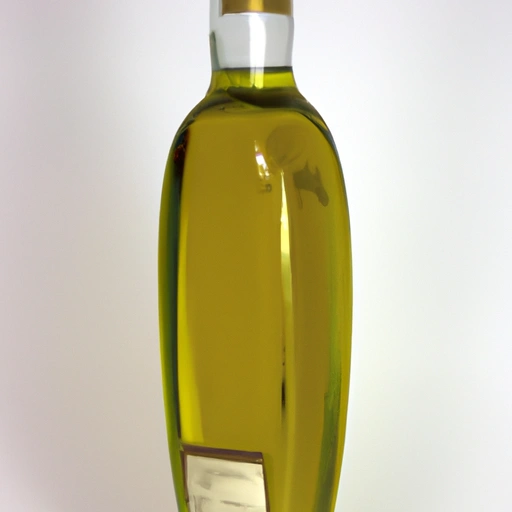Olive Oil
Description

Olive oil is a liquid fat obtained from olives, the fruit of Olea europaea; it is commonly used in cooking, whether for frying or as a salad dressing. It is also used in cosmetics, pharmaceuticals, and soaps, and as a fuel for traditional oil lamps. Olive oil is regarded as a staple in the Mediterranean diet and has been of culinary and cultural significance for thousands of years. Olive oil varies in color from clear yellow to golden; some varieties are even green. The taste can vary from delicate and mellow to strong and peppery, which is a result of the olives' variety, ripeness, and extraction process.
Common uses
Olive oil is widely used as a cooking oil, for frying foods, as a salad dressing, and for drizzling over various dishes to add flavor. It is also used as a base in marinades and sauces, and for conserving food. In non-culinary applications, olive oil is used in natural skincare products, soaps, and as a traditional fuel for oil lamps in some cultures.
Nutritional value
Calories
A tablespoon (about 13.5 grams or approximately 0.5 oz) of olive oil contains about 119 calories (kcal).
Protein
Olive oil contains no protein; it is purely composed of fats.
Fat
One tablespoon of olive oil typically contains around 14 grams (approx. 0.49 oz) of fat, which is predominantly monounsaturated (about 10 grams).
Carbohydrates
Olive oil does not contain carbohydrates, sugars, or dietary fiber.
Vitamins
It is a good source of Vitamin E and K. A tablespoon of olive oil contains about 1.9 mg of Vitamin E and 8.1 μg of Vitamin K.
Minerals
While olive oil is not a significant source of minerals, it does contain trace amounts of minerals such as iron and potassium.
Health benefits
Olive oil is known for its health benefits, particularly for its heart-protective qualities. It is high in monounsaturated fats, which can help reduce bad cholesterol levels and lower the risk of heart disease. The antioxidants in olive oil, including Vitamin E, may also play a role in reducing the risk of chronic diseases.
Potential risks
While olive oil is healthy, it is high in calories and should be consumed in moderation. Overconsumption can lead to weight gain. Additionally, using olive oil for high-temperature cooking may lead to the production of harmful compounds.
Common recipes
Olive oil is a versatile ingredient used in a myriad of recipes, from Mediterranean salads and pasta dishes to baked goods and marinades.
Cooking methods
It can be used for sautéing, stir-frying, grilling, and baking. However, extra virgin olive oil is best used at lower temperatures or added at the end of cooking to maintain its flavor and nutritional properties.
Pairing with other ingredients
It pairs well with a variety of foods including vegetables, meats, seafood, and cheeses. The fruity or peppery notes of olive oil can complement or enhance the flavors of the dish it accompanies.
Summary
Olive oil is a fundamental ingredient in kitchens around the world, treasured for its flavor, versatility, and health benefits. From its historical roots in the Mediterranean to its modern-day use in diverse culinary traditions, it continues to be a beloved and essential part of many diets.